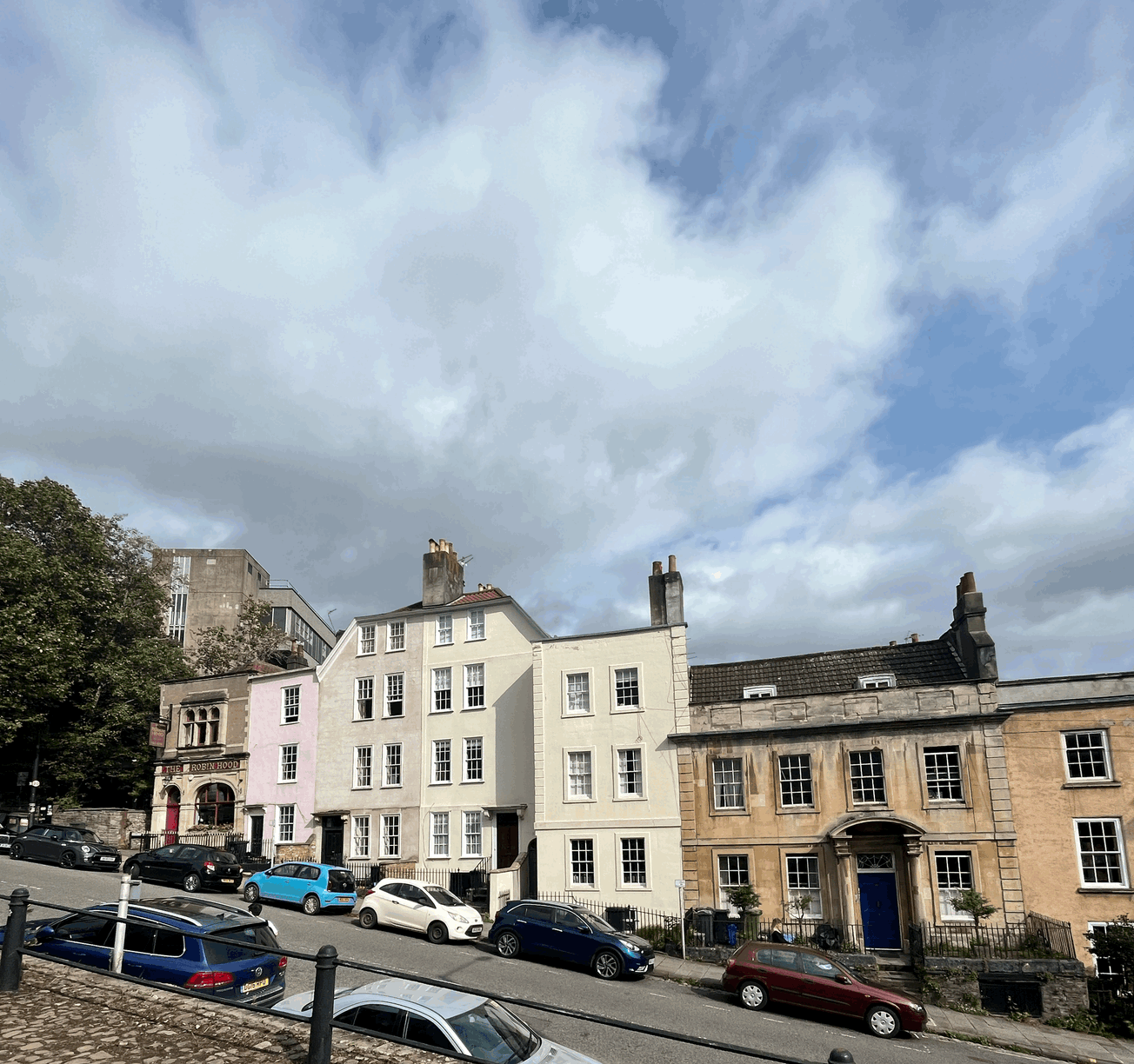By Lauren Sanderson, Second Year English and Philosophy
The last-minute scramble for student housing is fast approaching. In the coming weeks, floods of students will face the annual rush to secure the last remaining student houses on the rental market. In a city already infamous for its housing shortages, how has the University of Bristol’s massive student influx affected the search for private student housing?
The University of Bristol became the subject of countless headlines last September, concerning the massive oversubscription of undergraduate courses for the 2021/22 academic year.
A-Level results last year saw the number of applicants who met their offer rise to an extraordinary 75 per cent, exacerbating the steady growth of the University’s student population over the last decade. Despite frequent lobbying to slow down expansion, student numbers have risen from 18,770 in 2010/11 to 29,356 in 2020/21.
Unprecedented numbers of incoming undergraduates led to the controversial announcement that around 300 freshers could be allocated accommodation in Bath. Besides shared rooms in university-allocated residences, many prospective students were left with little alternative than Bristol’s private housing sector - an infamous minefield of tenancy agreements, astronomical rent prices and rogue landlords they would have to navigate a year earlier than expected.
Ruthless, profit-chasing university expansion means that the University of Bristol is housing first year students out in Bath. Students have communities too by the way, and they’re an essential part of the university experience. pic.twitter.com/b9siQtXdrB
— Anna (@lacanian_bimbo) August 13, 2021
The University webpage advised that the prospects of private renting were also bleak: ‘[…] there is already very limited remaining availability, with all large providers within the city reporting that they are fully-booked’. This is not the first time the University of Bristol has found itself in a student housing controversy. In 2019, the University made headlines after offering students accommodation across the Welsh border.
With demand for private student rentals at an all-time high, the already stressful and competitive house-hunting period is looking to become even more ruthless.
The undersupply of housing will hit second and third year students disproportionately, with university numbers growing and first year students largely guaranteed student accommodation. Universities such as Bristol often subcontract with large landlords to ensure adequate housing for freshers, with the ultimate repercussion that second and third years face more competition to secure private housing.
Speaking to Epigram, one student searching for second year housing described the process as bewildering, ‘It feels like such a lottery, even if you go above and beyond to show interest. We have been consistently applying for houses that get about 50 other applicants within minutes... it just seems as if the landlords are assured of their position and we as students have to compete with each other to try and grapple for opportunities to even view a house, let alone secure one.’
The student continued, ‘we woke up an hour before lettings were released on the SU site, applied for every house we saw that worked for us and failed to get any viewings. The quality of student housing and the price reflected also does not match up.’ She also emphasised that oversubscription had placed added pressure on first years to choose their future housemates within a month of being at university, in fear that they could have an hour’s commute if they leave the house-hunting process too late.
The increased competition triggered by the University’s oversubscription inevitably forces a surge in housing prices, marginalising students from lower socioeconomic backgrounds. Rising housing costs in the private rental sector also means students have less control over housing conditions - they might be forced to settle for substandard housing at a lower price just so they can afford it. Arguably, Bristol’s population growth is therefore marginalising those already financially disadvantaged.
The impacts of Bristol’s oversubscription are not limited to the realm of university-life. Significant repercussions can also be seen in the wider city's housing market. Bristol City Council reported that around 30 per cent of households in the city are privately rented, with 11 per cent of these above the national rent average. Bristol campaigners said the cost of private rents has gone up by 52 per cent in the last decade, almost double the rate of wage increase. The council believes student expansion has significantly contributed to the city’s housing crisis.
Excited to announce that @BristolStuCoop have joined @NoMoreLandlords
— Student Co-op Homes (@NoMoreLandlords) February 9, 2022
We couldn't agree more that a fairer alternative housing system to address the power imbalance is long overdue. It's great to see a surge in interest from new student housing co-ops. https://t.co/XvfnrbcjBh
When first year accommodation is no longer guaranteed, as seen at the start of this academic year, students are forced to occupy more of the private rental market. With demand for student lettings dominating Redland, Clifton, and Cotham, the University’s population expansion has driven local residents out of Bristol’s city centre. This particularly impacts lower income families and workers with more precarious work, dependent on the rental market.
Private landlords have increasingly exploited the ever-growing demand for student housing. Houses for multiple occupancy (HMOs) often charge up to 50 per cent more rent than sole occupancy properties, and landlords have increasingly driven rent prices up so high that families and occupants on low or minimal incomes have been forced to leave.
As of January 2022, the Council has announced plans to invest a record £1.8bn in new local authority-owned homes, but Bristol’s population is expanding faster than houses can be built. It is estimated that around 1,000 children are currently living in the city’s temporary accommodation. Students at the University of Bristol are equally facing the impact of this unsustainable demand for local housing.
Yet the University doesn’t appear to be slowing down its expansion. Plans are still in place to build a new Temple Quarter campus for around 5,000 new students, although these have been delayed till 2025 due to the pandemic. The impact of further university growth on the already dire housing crisis looks set to continue well into the future.
Featured Image: Epigram | Tom Taylor









